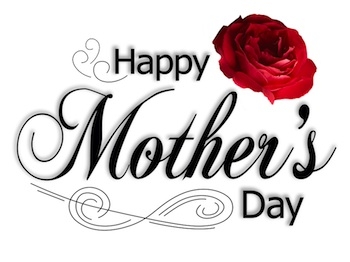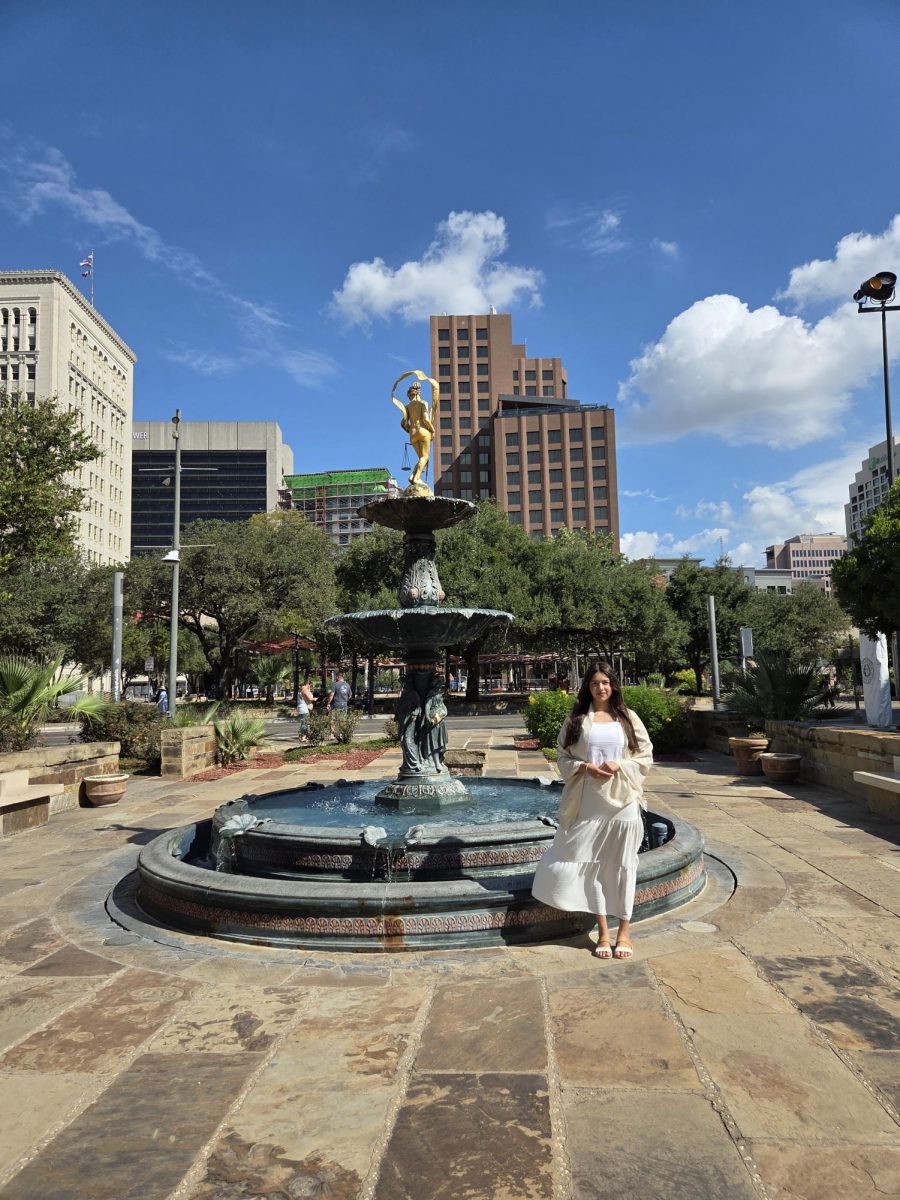In 1905, a woman named Anna Jarvis died. Her daughter, who was named after her, vowed to find a way to honor her mother and all mothers. Two years later, she passed out 500 white carnations – her mother’s favorite flower – to the women at her mother’s church in Grafton, WV. A year after that, the church agreed to her request for a special Sunday service honoring mothers. By this time, Jarvis had quit her job to devote all of her energies to writing letters to prominent businessmen and politicians, urging them to support her idea for a special day to honor mothers. By 1909, Mother’s Day services were held in 46 states and parts of Canada and Mexico. In 1912, West Virginia became the first state to officially adopt Mother’s Day. In 1914, President Woodrow Wilson signed a Joint Resolution of Congress establishing Mother’s Day.
In the early years, people observed Mother’s Day by attending church and writing letters to their mothers. As time went on, people sent cards, gifts, and flowers. Jarvis was disheartened by the commercialization of the holiday, saying that cards and gifts were poor substitutes for the letters that people were too lazy to write. In 1923, she filed a lawsuit in an attempt to stop a Mother’s Day festival in New York. When the court threw it out, she launched a public protest and was arrested for disturbing the peace. Before she died in 1948, Jarvis reportedly confessed that she regretted ever starting the Mother’s Day tradition.







